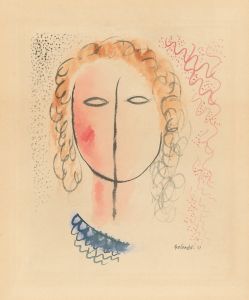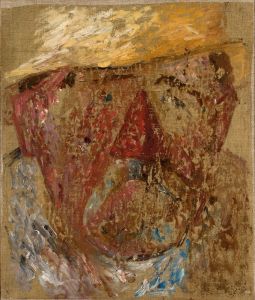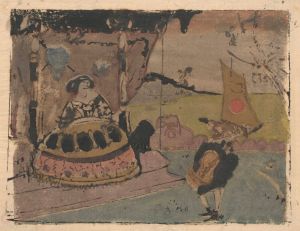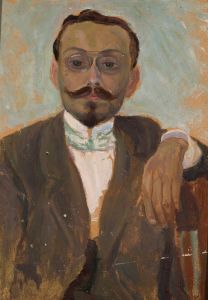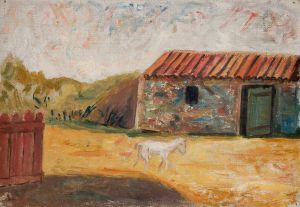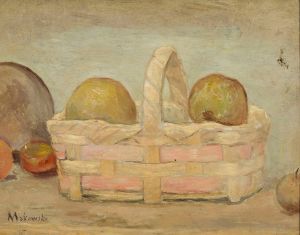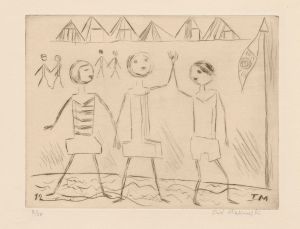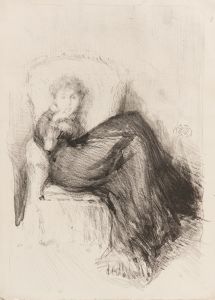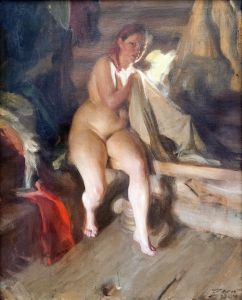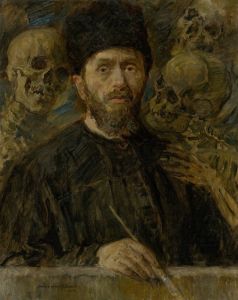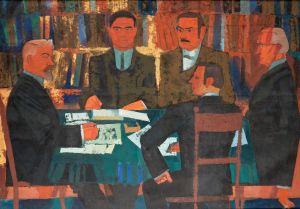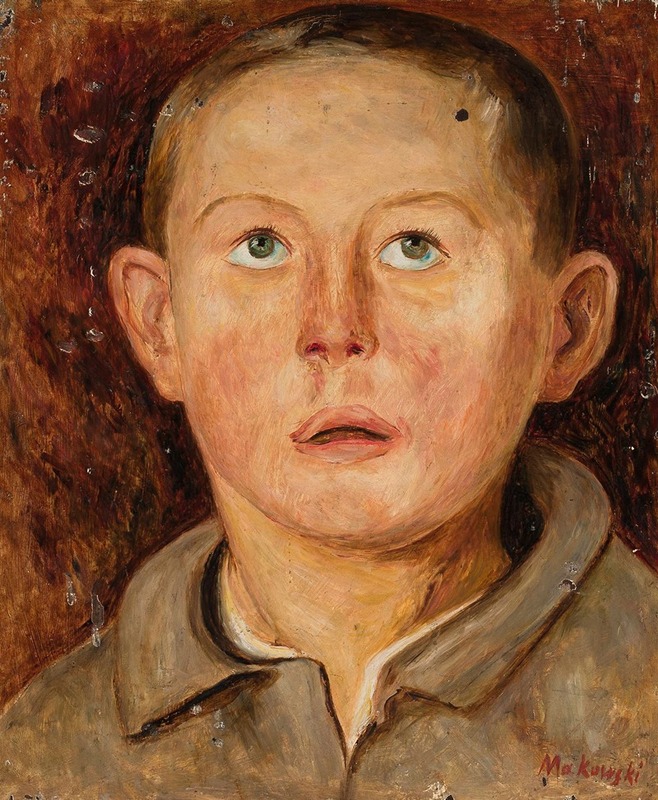
Head of a boy in an unbuttoned collar
A hand-painted replica of Tadeusz Makowski’s masterpiece Head of a boy in an unbuttoned collar, meticulously crafted by professional artists to capture the true essence of the original. Each piece is created with museum-quality canvas and rare mineral pigments, carefully painted by experienced artists with delicate brushstrokes and rich, layered colors to perfectly recreate the texture of the original artwork. Unlike machine-printed reproductions, this hand-painted version brings the painting to life, infused with the artist’s emotions and skill in every stroke. Whether for personal collection or home decoration, it instantly elevates the artistic atmosphere of any space.
Tadeusz Makowski (1882-1932) was a Polish painter known for his unique style that blended elements of Cubism with folk art influences. His works often depicted scenes of everyday life, children, and landscapes, characterized by a simplicity and charm that reflected his deep connection to his Polish roots and his experiences in France, where he spent a significant part of his career.
"Head of a Boy in an Unbuttoned Collar" is one of Makowski's notable works, showcasing his distinctive approach to portraiture. This painting captures the innocence and vulnerability of childhood, a recurring theme in Makowski's oeuvre. The boy's unbuttoned collar adds a casual, intimate touch to the portrait, suggesting a moment of relaxation or informality.
Makowski's technique in this painting reflects his background in Cubism, which he was exposed to during his time in Paris. The influence of Cubism is evident in the simplified geometric forms and the structured composition of the boy's face and clothing. However, Makowski's interpretation of Cubism is softer and more approachable, blending it with a sense of warmth and humanity that is often absent in more rigid Cubist works.
The color palette of "Head of a Boy in an Unbuttoned Collar" is muted and earthy, with shades of brown, beige, and soft blues. This choice of colors enhances the painting's nostalgic and tender mood. Makowski's use of light and shadow is subtle yet effective, adding depth and dimension to the boy's face and creating a sense of three-dimensionality.
Makowski's interest in children as subjects can be traced back to his own experiences and observations. He often depicted children in his works, capturing their innocence, playfulness, and the simplicity of their world. This focus on children was not just a stylistic choice but also a reflection of Makowski's belief in the purity and unspoiled nature of childhood.
"Head of a Boy in an Unbuttoned Collar" exemplifies Makowski's ability to convey emotion and character through minimalistic yet expressive means. The boy's direct gaze engages the viewer, creating a connection that transcends the simplicity of the composition. This painting, like many of Makowski's works, invites viewers to pause and reflect on the beauty and simplicity of everyday moments.
Throughout his career, Tadeusz Makowski remained true to his artistic vision, blending influences from various art movements with his personal experiences and cultural heritage. His works continue to be celebrated for their unique charm and emotional depth, and "Head of a Boy in an Unbuttoned Collar" is a testament to his skill as a painter and his sensitivity as an observer of human nature.
Makowski's legacy is preserved in numerous collections and museums, particularly in Poland and France, where he spent much of his life. His contributions to the art world are recognized for their originality and the way they bridge different artistic traditions, making him a significant figure in early 20th-century European art.






